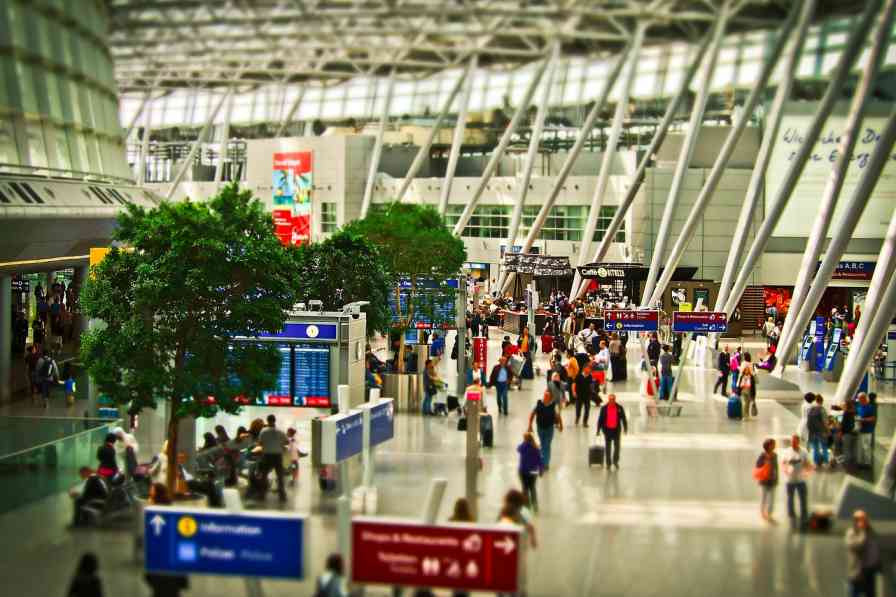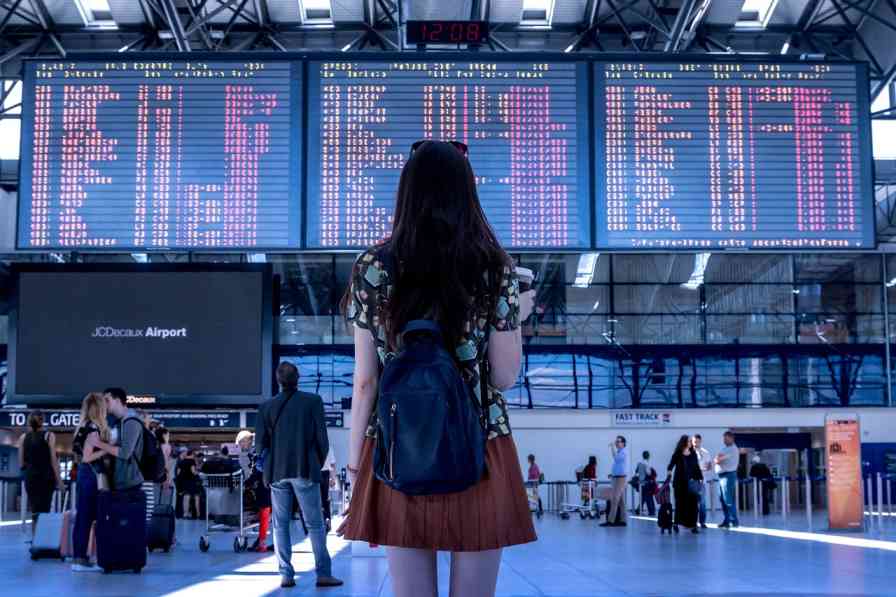Airports are bustling hubs where millions of travelers pass through each year, often facing long wait times and the need for connectivity. Offering free Wi-Fi is no longer a luxury—it’s an expectation. However, airports can transform this basic amenity into a powerful tool for enhancing traveler experiences, driving engagement, and even generating revenue through Wi-Fi marketing. This article explores how airports can strategically implement Wi-Fi marketing to create a seamless, personalized, and memorable journey for passengers.
What is Wi-Fi Marketing?
Wi-Fi marketing involves providing free internet access to users in exchange for their engagement with your brand or services. For airports, this can include:
- Collecting passenger data (e.g., email addresses, travel preferences).
- Displaying targeted advertisements or promotions.
- Encouraging participation in surveys or loyalty programs.
By leveraging Wi-Fi marketing, airports can turn connectivity into a value-added service that benefits both travelers and the airport itself.
Why Airports Need Wi-Fi Marketing
- Enhancing Traveler Satisfaction
- Seamless Connectivity: Passengers expect fast, reliable Wi-Fi to stay connected during layovers or delays.
- Personalized Experiences: Use Wi-Fi data to offer tailored recommendations, such as dining options or retail discounts.
- Driving Engagement and Loyalty
- Real-Time Updates: Notify passengers about gate changes, flight delays, or boarding times via the Wi-Fi portal.
- Loyalty Programs: Encourage sign-ups for airport rewards programs, offering perks like lounge access or priority boarding.
- Generating Revenue
- Advertising Opportunities: Partner with airlines, retailers, or local businesses to display targeted ads.
- Premium Wi-Fi Options: Offer paid tiers for faster speeds or ad-free browsing.
- Gathering Valuable Insights
- Passenger Behavior: Analyze Wi-Fi usage patterns to improve services, such as optimizing retail layouts or expanding dining options.
- Feedback Collection: Use surveys to identify pain points and enhance the overall travel experience.

How to Implement Wi-Fi Marketing in Airports
1. Build a Robust Wi-Fi Infrastructure
- High-Speed Connectivity: Invest in enterprise-grade routers and sufficient bandwidth to handle thousands of simultaneous users.
- Coverage: Ensure Wi-Fi is available throughout the airport, including terminals, lounges, and boarding gates.
- Security: Use WPA3 encryption and firewalls to protect user data and prevent cyberattacks.
Pro Tip: Partner with a managed service provider (MSP) to design and maintain a scalable Wi-Fi network.
2. Create a User-Friendly Wi-Fi Landing Page
- Branding: Feature the airport’s logo, colors, and tagline to reinforce brand identity.
- Call-to-Action (CTA): Encourage users to sign up for newsletters, download the airport app, or follow social media accounts.
- Local Partnerships: Highlight promotions from airport retailers, restaurants, or airlines.
Example: “Welcome to Skyline International Airport! Connect to our free Wi-Fi and enjoy 10% off at all duty-free shops. Don’t forget to download our app for real-time flight updates!”
3. Collect Data Responsibly
- Opt-In Forms: Ask for minimal information, such as name, email, and flight details, to streamline the login process.
- Privacy Policy: Clearly explain how data will be used and ensure compliance with GDPR or CCPA regulations.
Pro Tip: Use a Wi-Fi marketing platform like Boingo or Purple to automate data collection and analytics.
4. Deliver Personalized Content
- Targeted Ads: Display promotions based on user demographics, travel history, or real-time location (e.g., a coffee discount near their gate).
- Travel Tips: Provide localized recommendations, such as nearby attractions or transportation options.
- Exclusive Offers: Offer VIP lounge access or priority security screening for loyalty program members.
5. Promote Airport Services and Amenities
- Retail and Dining: Showcase special deals or new arrivals at airport stores and restaurants.
- Lounges and Spas: Advertise relaxation services for passengers with long layovers.
- Transportation: Provide information on car rentals, ride-sharing, or public transit options.
6. Engage Travelers with Interactive Features
- Surveys and Polls: Gather feedback on airport services or ask for input on future improvements.
- Gamification: Offer rewards, such as bonus loyalty points or discounts, for completing challenges (e.g., visiting three retail stores).
- Social Media Integration: Encourage users to share their travel experiences with a unique hashtag (e.g., #SkylineAdventures).
7. Provide Real-Time Travel Updates
- Flight Information: Integrate live flight data to notify passengers about delays, gate changes, or boarding times.
- Wayfinding: Include interactive maps to help travelers navigate the airport efficiently.
- Emergency Alerts: Use the Wi-Fi portal to communicate important safety information during emergencies.
8. Measure and Optimize Performance
- Analytics Tools: Track metrics like connection rates, session duration, and ad click-through rates.
- A/B Testing: Experiment with different landing page designs, CTAs, and content to identify the most effective strategies.
- Feedback Loops: Regularly review passenger feedback and adjust your Wi-Fi marketing approach accordingly.

Case Study: How Changi Airport Enhanced Traveler Experiences with Wi-Fi Marketing
Changi Airport in Singapore is renowned for its world-class amenities and innovative use of technology. Here’s how they leveraged Wi-Fi marketing:
- Network Setup: Installed a high-speed, seamless Wi-Fi network across all terminals.
- Landing Page: Created a dynamic portal with real-time flight updates, retail promotions, and travel tips.
- Engagement Strategy: Offered free Wi-Fi in exchange for app downloads, which provided personalized travel recommendations.
- Results:
- Increased app downloads by 300% in six months.
- Boosted retail sales by 15% through targeted promotions.
- Achieved a 95% passenger satisfaction rate for Wi-Fi services.
Best Practices for Wi-Fi Marketing in Airports
- Prioritize Speed and Reliability
- Ensure the Wi-Fi network can handle peak traffic without slowdowns or dropouts.
- Keep It Simple and Intuitive
- Minimize login steps and avoid overwhelming users with too many CTAs or ads.
- Offer Real Value
- Provide content or incentives that travelers genuinely find useful, such as flight updates or exclusive discounts.
- Respect Privacy
- Be transparent about data collection practices and give users control over their information.
- Stay Consistent
- Regularly update the Wi-Fi portal with fresh content, promotions, and travel tips.
Conclusion
Wi-Fi marketing presents airports with a unique opportunity to enhance traveler experiences, drive engagement, and generate revenue. By offering fast, reliable Wi-Fi and delivering personalized, value-added content, airports can create a seamless and memorable journey for passengers. From real-time flight updates to targeted promotions, the possibilities are endless. With careful planning and execution, Wi-Fi marketing can transform your airport into a connected, customer-centric hub that stands out in the competitive travel industry.






